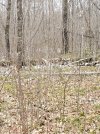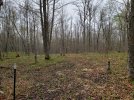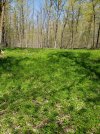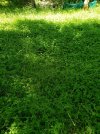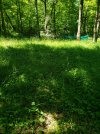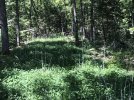Christopher3
Yearling... With promise
I started a clover plot in the middle of the woods a few years ago. This is the 3rd season and it has filled in really well. I was at the land on mid May and the clover looked good with a few bare spots and it was about 3-4 inches high. We have had unseasonable weather this year, it was below freezing at the end of May and has been in the high 80's to upper 90's much of this month (June). I thought the clover would have been stunted and looking dry but it was really green and full and stood about 12-14 inches high (evidentially I have just enough mix of sun and shade to have kept it from frying?) . I have read that when the clover gets that high it is no longer palatable to the deer and should be cut but we are officially in dry/drought conditions and I am afraid if I cut it back to about 4-6 inches before the end of summer that it will die off in the heat without rain.
Should I cut it now and spray to kill the grass that has gotten into it this year or should I spray it to kill the grass but wait to cut it until the end of August and can I use a regular walk behind lawn mower set to the highest setting (about 4 inches)?
Should I cut it now and spray to kill the grass that has gotten into it this year or should I spray it to kill the grass but wait to cut it until the end of August and can I use a regular walk behind lawn mower set to the highest setting (about 4 inches)?
